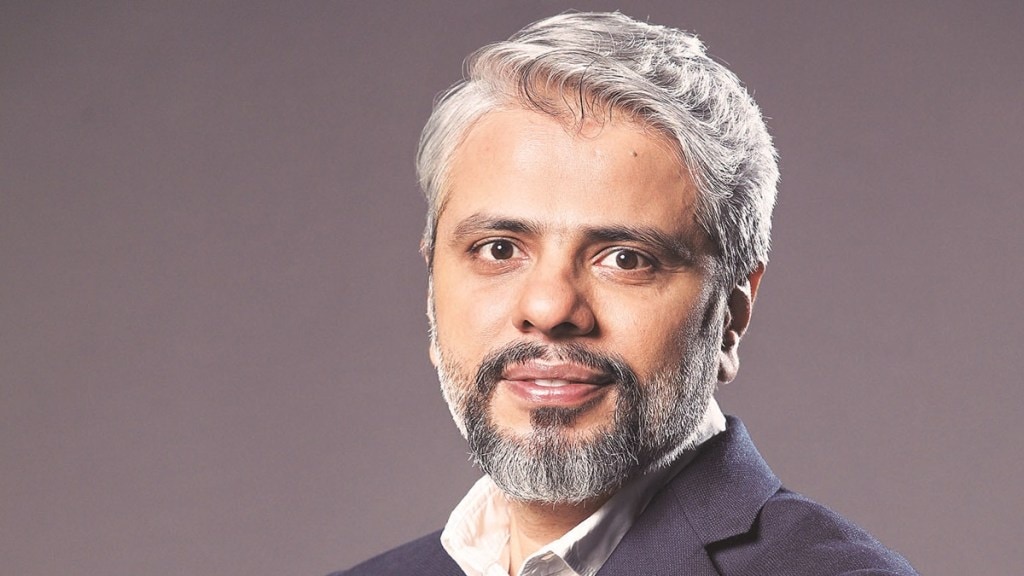Six months after joining Wunderman Thompson, South Asia as its CEO, Shamsuddin Jasani has helped on-board digital talent and digital-first clients in the agency. While most are retainers, new-age brands are seeking project-based work. Over an interaction with Akanksha Nagar, he further shares how the agency is eyeing acquisitions in the data and tech space to double its revenue in the next three years. Excerpts:
Is the agency business back to pre-pandemic levels in terms of revenue?
Overall, Indian M&E (media and entertainment) will reach pre-pandemic levels by the end of this year, but the media mix will change — digital ad spends will surpass TV for the first time.
For us, Wunderman Thompson is back to its pre-pandemic levels, and in the last six months, we have won over 30 clients including Hero Electric, LaunchMyCareer, and Skechers South Asia. There has been a transformation, especially in the digital capabilities within the organisation, which reflects in the recent digital-first wins, too. We are now aiming for 30% revenue growth over FY21. Also, around 30% of our overall revenue will be coming from digital by the end of this fiscal.
Does that mean digital has now become a key offering for Wunderman Thompson?
For us, it is about having a client-centric solution. We are not looking at being a digital-first agency. The idea is to have an integrated approach. The short-term target for the end of 2022 is to become a partner that provides an integrated approach for clients.
Having said that, in the last six months, there is a clear influx of digital talent to complement the current services and there has been more focus from every team to understand how to utilise digital media better. We are trying to seek people with digital-first capabilities, not digital-only skills.
Are advertisers still opting for the ‘pandemic-proof’ strategy of project-based work, as opposed to retainers?
Among our client base, we have a majority of retainer clients. However, going forward, there will be both sorts of requirements, and there’s room for both. There will be clients who want to work with an agency that really builds a brand, is consistent with it, and understands its ethos. Also, there are many brands, especially new-age ones, who are looking at ‘wow moments’ and hence, go for project-based work.
What is your long-term vision for the agency?
That would be, to become a strategic partner in the consumer journey and build experiences at every touchpoint — doing this, while leveraging technologies to be at the right place with the consumer at the right time, and then, to finally convert that into sales through commerce. That’s where the future of the agency is — to be the solutions partner to the client across the consumer journey. Along this journey, we will look at acquisitions in the data and technology space to augment the capabilities that do not exist in our system currently, and to also help the agency scale up. Acquisitions will also play a role in our target of doubling the revenue growth in the next three years.
As the digital ecosystem prepares to embrace the cookie-less era, how do advertisers need to rethink first-party data?
Despite Google announcing that it would phase out third-party cookies next year, one can collaborate with various platforms to access first-party data in a cookie-less world, while using consumers’ data in the right way. There definitely will be a transition of about a year or two, but I don’t see that impacting digital spending. In fact, this will help agencies come up with better solutions. However, there is a need for standardisation of metrics in the digital space, which marketers also need to be on the lookout for.
While we, as an agency, do adhere to privacy laws and regulations, we are also working on how, within the realm of norms, to still be able to achieve objectives for clients effectively.

